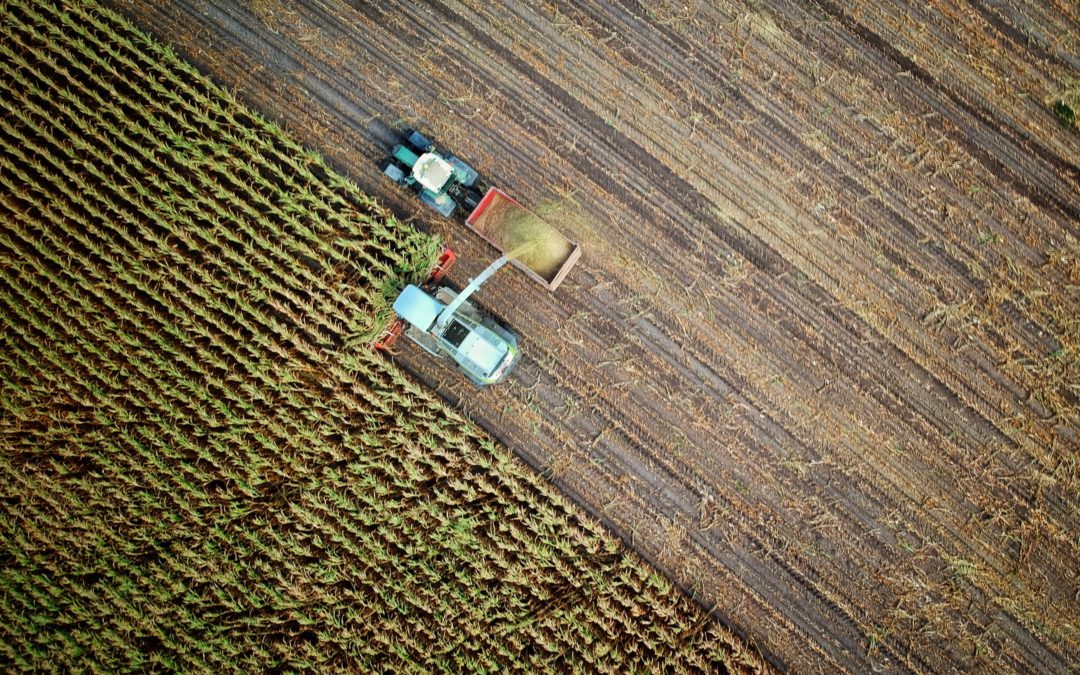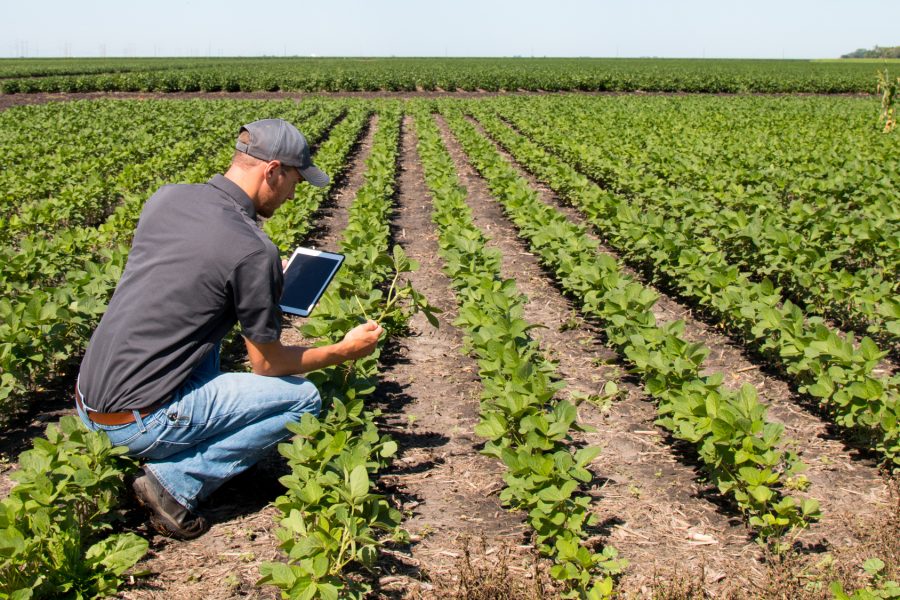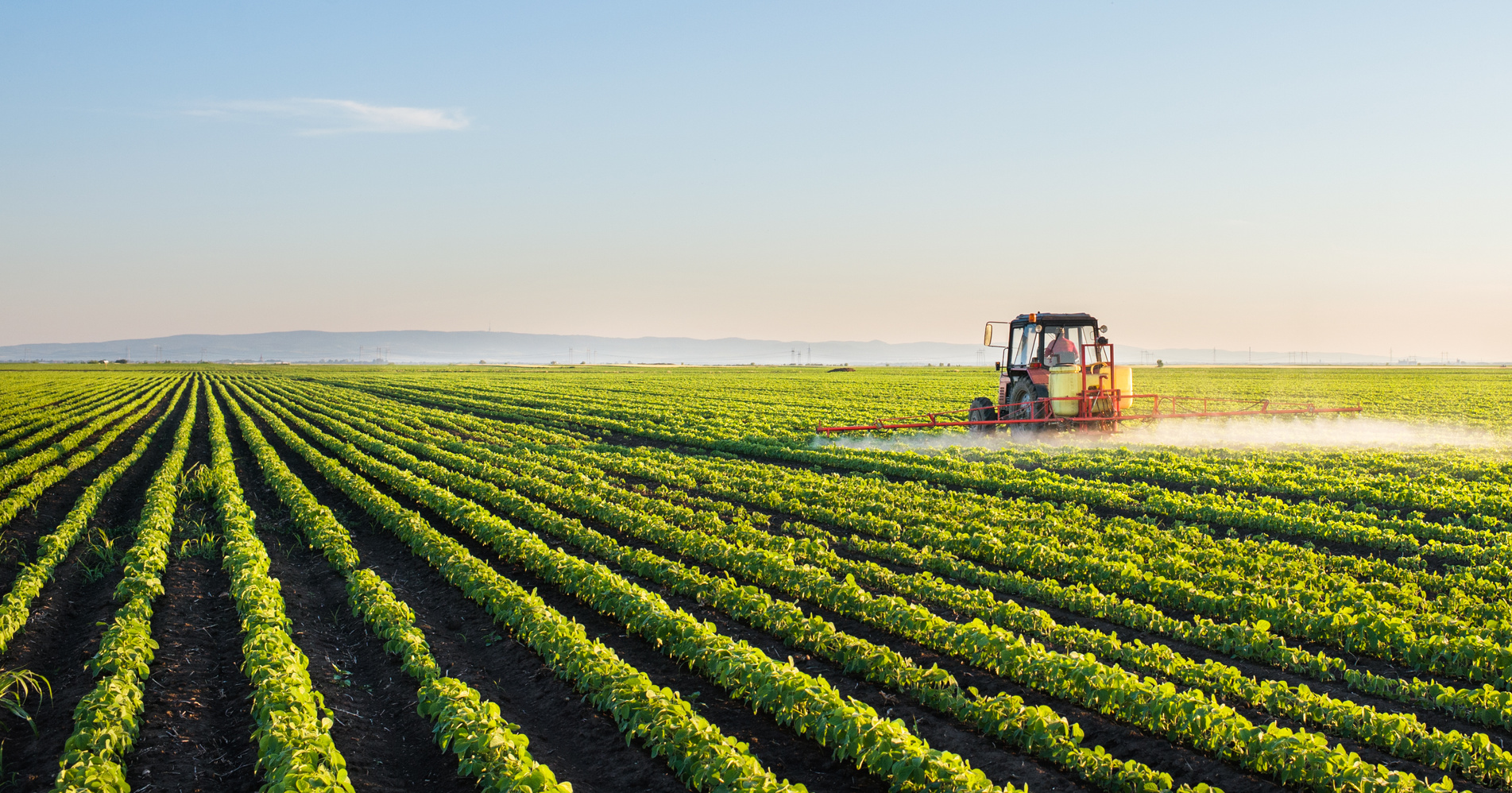As the world strives for net-zero carbon emissions as a global society, the agriculture industry has been marked as a key sector for improvement. All of the decisions we make as a culture about our food choices and how we choose to grow our food impact our ecosystem and our health. Luckily, interest has increased in how to lower carbon, nitrogen, and methane emissions from agricultural processes.
Not all crops produce the same amount of carbon in their growing process. This carbon emission can also come from multiple steps in each process, meaning that the solutions for decarbonizing each type of food are different. In addition, some foods inherently have a higher carbon footprint than others. While the process of growing some foods can be tweaked or adjusted, this research and development surrounding our foodways should also prompt us to look more closely at our food choices.
This is essentially a process of becoming more “climate-smart” as a society. When we break this down though, this type of research has two main goals: reducing the emissions caused by food production and sequestering emissions back into stable settings. The science of Carbon MRV (Measurement, Reporting, and Verification) is trying to figure out the best ways to combine these two goals into simple processes, hoping to kill two birds with a single stone.
U.S. agricultural processes alone released 669.5 million metric tons of carbon-dioxide equivalent into the atmosphere in 2020. There’s huge room for improvement here, and fortunately, we already have much of the tech that we need to change the game at our disposal.
Tools like biochar, agri forestry, cover cropping, and no-till practices have been shown to improve carbon storage in soil and plants while reducing soil disturbance that would release carbon back into the atmosphere. But we know that there are even more solutions out there.
Recently, the United States Department of Agriculture (USDA) announced a new round of funding for 70 unique organizations across the U.S. These projects would receive a total of 2.8 billion dollars from the federal government, hopefully allowing them to push further into research for carbon neutrality. This is a fascinating time for Carbon MRV technology as more companies and organizations prioritize this type of research and development.
Measure Progress, Track Results
Because the food production and supply chain is so complex, we need a robust framework to measure and adjust progress. Many different tools are available for farmers, corporations, and governments to take advantage of, all of which potentially affect the supply chain with varying levels of effectiveness. Carbon MRV as a measurement and tracking tool refers to the multi-step process of measuring the amount of greenhouse gas emissions reduced by a specific mitigation activity. For example, the use of the carbon MRV process might look like trying to reduce emissions from deforestation or forced degradation over a period of time with a specific approach and to reporting those findings to an accredited third party.
This third party then verifies the reports so that the results can be certified into covered credits, which then end up being used to pay people who have worked to improve either the sequestration of a project or reduce the emissions inherent to a project. The goals of a carbon MRV program are to understand where we are today, create incentives for producing and purchasing high-quality carbon credits, and then build trust in a system so that all stakeholders can grow their trust in the system.
Doing carbon MRV right requires high visibility up and down the supply chain. That’s why organizations like the Ecosystem Services Market Consortium (ESMC) have consolidated and guided the process. Working with corporations across the agricultural supply chain who have taken on environmental commitments and are hoping to account for their mission reductions, ESMC uses a digitized approach to centralize the carbon MRV process.
Companies like ESMC combine different groups in the chain, including technology companies, measurement quantification companies, agricultural groups, and individual producers, pairing them with soil scientists and ecological researchers who can make sense of their data.
Making Soil Testing Economical
Other organizations are working to improve the testing and profitability of carbon content soil testing. A single traditional carbon content soil test may cost between $15-20. To accurately test the change over time of carbon sequestration in a single acre of farmland, you would need to take so many tests that it would outweigh the offset of whatever carbon credits you might qualify for by a factor of five.
To help solve this problem, companies are working to reduce the cost of this type of test and improve its efficiency. Using new types of tests like electromagnetic conduction, we can get better insights into carbon content in the soil without outweighing our carbon credits.
Ranching and Livestock Management to Increase Soil Carbon Content
Crop management isn’t the only agricultural factor in increasing carbon storage in the soil. The U.S. has about as much grass and range land as row crop acres, both about 200 million acres. Livestock management also helps increase the soil’s carbon. Some organizations have developed specialized tracking collars for cattle and other ranch animals to help farmers and ranchers determine where their cattle are and help carbon MRV experts track soil processes.
Tracking the movements of free-grazing animals can clue researchers into the places where the soil is strongest and weakest. It’s not only a good practice for carbon trackers but also for ranchers looking to direct their cattle to the best places to graze.
Each month our analyst team reviews an emerging trend with interested listeners — alternating between Healthcare and Agriculture — outlining macro-trends, industry sub-sectors, key influencers, market leaders, and potential investment opportunities. Register for the series here.






